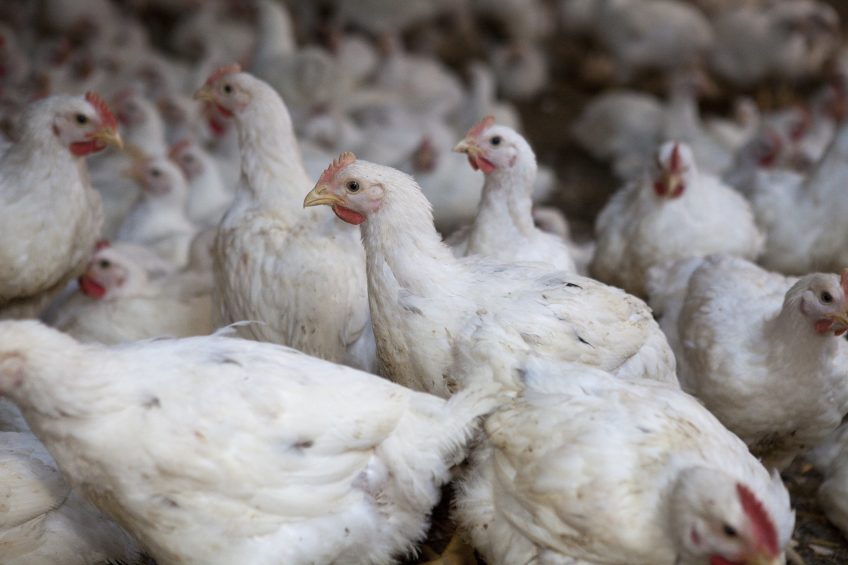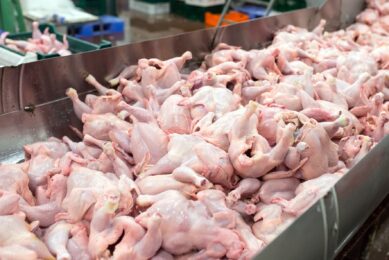China: Uncertain poultry production

China will continue to dominate the world meat production and trade over the coming years, although its animal protein industry is entering a period of transition, according to Rabobank’s China Animal Protein Outlook to 2020.
Demand growth is slowing, and the industry is changing in response, and it needs to. Growth in production and consumption offers opportunities for China’s producers and for global traders.
As China’s economy slows, animal protein demand growth is following suit, but additional demand each year is still big in absolute terms. According to Chenjun Pan, Senior Analyst Animal Protein: “On the supply side, pork production will be reshaped and beef production will likely drop.
Poultry consumption slowing down
However, poultry production faces uncertainty. Poultry production in China is slowing down. The CAGR of poultry consumption is expected to slow down to 1.1% for the period 2016 to 2020. In comparison, the CAGRs from 1996 to 2005 and 2006 to 2015 were 4.6% and 1.9% respectively. However, the overall poultry market will continue to grow. Faster growth is expected to come from home consumption, food service and food ordering, with steady growth from group buyers, such as office canteens and factories.
Also interesting: Case study: China’s Year of the Rooster looking foul
The breeding stock for white-feathered birds depends on imports, making the whole supply chain vulnerable to any trading changes. It is expected that white bird production to drop in 2017, due to the low level of breeding herd and trade restrictions.
As a consequence, meat imports are expected to increase steadily, further cementing China’s role as the world’s most significant meat importer.”
Also interesting: Rabobank report: Modern poultry industry taking shape in Africa
[Source: Rabobank]












